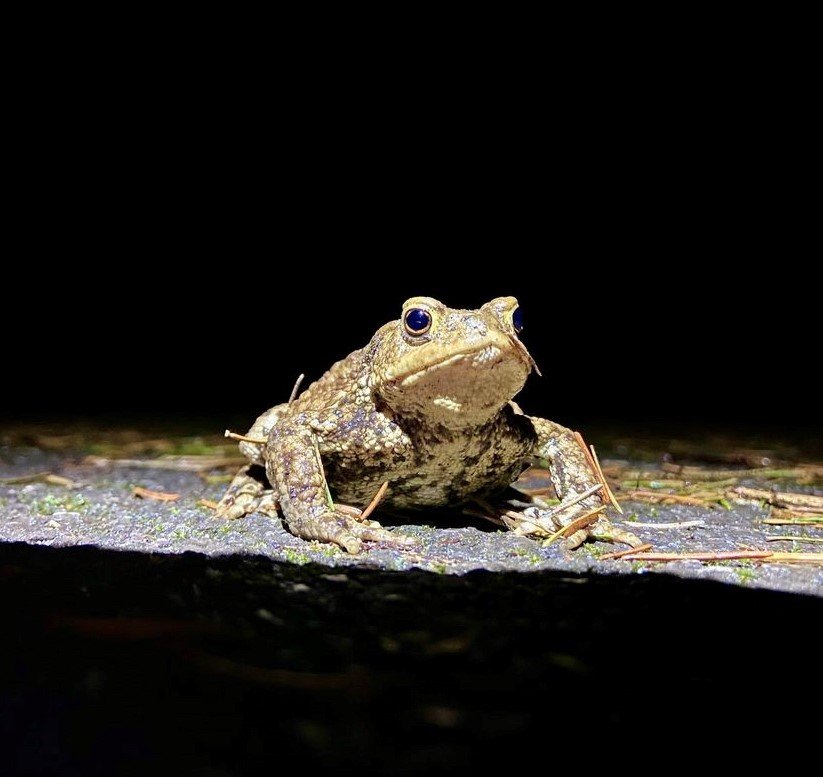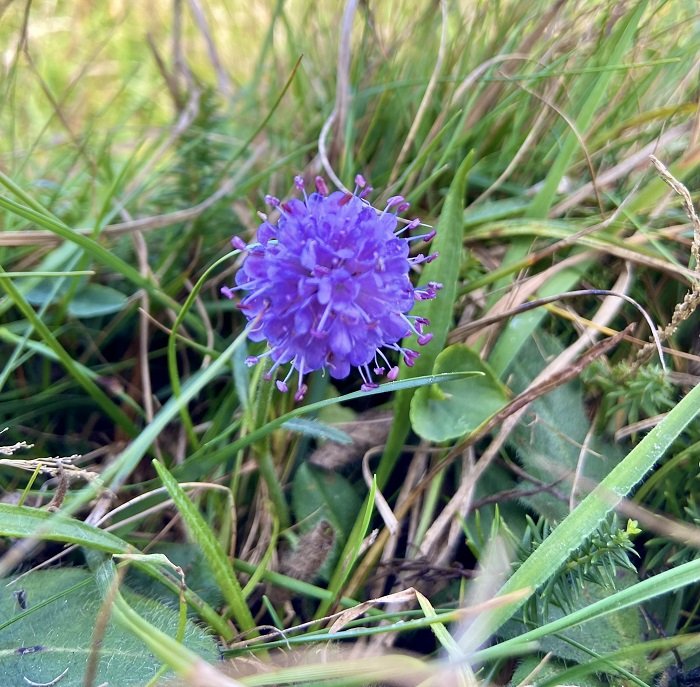Places to see nature in Swansea
There are a wide variety of places to see the diversity of nature in Swansea. Some examples are:
Bishops Wood Local Nature Reserve is set back from Caswell Bay Beach and comprises around 46 acres of limestone woodland and grassland, the former of which is relatively rare in the UK. Parts of Bishops Wood woodland are so old that they are considered ancient woodland and date back to at least 1673.
Cwmllwyd Wood Local Nature Reserve is a 100-year-old oak woodland, possibly cleared due to mining activities, the site was replanted and today boasts wonderful displays of bluebell in the spring.
In the east of Swansea lies Crymlyn Bog National Nature Reserve, this is the largest expanse of lowland fen in Wales and home to a wide variety of wetland specialists including reed, sedge and Cetti’s warbler, marsh cinquefoil and royal fern.
Much of the area around Rhossili are managed by the National Trust including Rhossili down and Worms Head Island. The latter of which is home to nesting colonies of kittiwakes, razorbills and guillemot in the spring and summer. Kestrels also nest on the limestone cliffs above the three-mile expanse of Rhossili Bay beach, where choughs are also regularly observed.
Gelli-Hir
Gelli-hir is an expanse of mixed broadleaved and wet woodland, some of which is ancient, managed by the Wildlife Trust near Fairwood Common, Gower. Buzzard, tawny owl and sparrowhawk breed in the woodland and in the spring and summer butterflies and moths, such as silver-washed fritillary and holly blue are common. A population of dormouse is also found within the wood.
Penllergare Valley Woods
Consisting of over 100 acres of woodland, Penllergare Valley Woods is an old Victorian estate. Previously the home of the Llewelyn family, today the privately owned estate is entrusted to the Penllergare Trust who have worked hard over the past two decades to protect the woods from further development encroachment and conserve and enhance biodiversity. The woods are carpeted with bluebell and wood anemone in the spring and the lakes are an excellent place to observe kingfishers, dippers, and otters.
Clyne Valley Country Park
Clyne Valley Country Park is the only country park in Swansea, covering 700 acres of land from Blackpill at the coast to Dunvant in the north. The Clyne valley has a long industrial past with coal mining beginning as early as the 14th century, then later an ironworks and a thriving brickmaking industry throughout the 19th and 20th century. The once industrial valley has since been reclaimed by wildlife, with varied oak, birch, and beech woods, providing habitat for many species of birds. Disused quarries and tunnels, also provide shelter for bats, and the rivers plus numerous ponds and lakes are used by numerous species of birds and amphibians. The rare bee orchid is even found here. Access has improved over the years with the help of Clyne Valley Community Project so it’s now even easier to experience nature in the park.
Rosehill Quarry Community Park
Previously a quarry in the mid-19th century, Rosehill Quarry became Swansea’s first community park in the 1980s due to the hard work of the Rosehill Quarry Community Group. Nestled in the Uplands/Townhill area, this urban park is a great place to see damselflies and dragonflies among the ponds and streams.
For more information on places to see nature in Swansea see:
A-Z parks, nature reserves and outdoor spaces - Swansea
Natural Resources Wales / South West Wales
Nature Reserves | The Wildlife Trust of South and West Wales (welshwildlife.org)
Days out and things to do in Wales | National Trust






